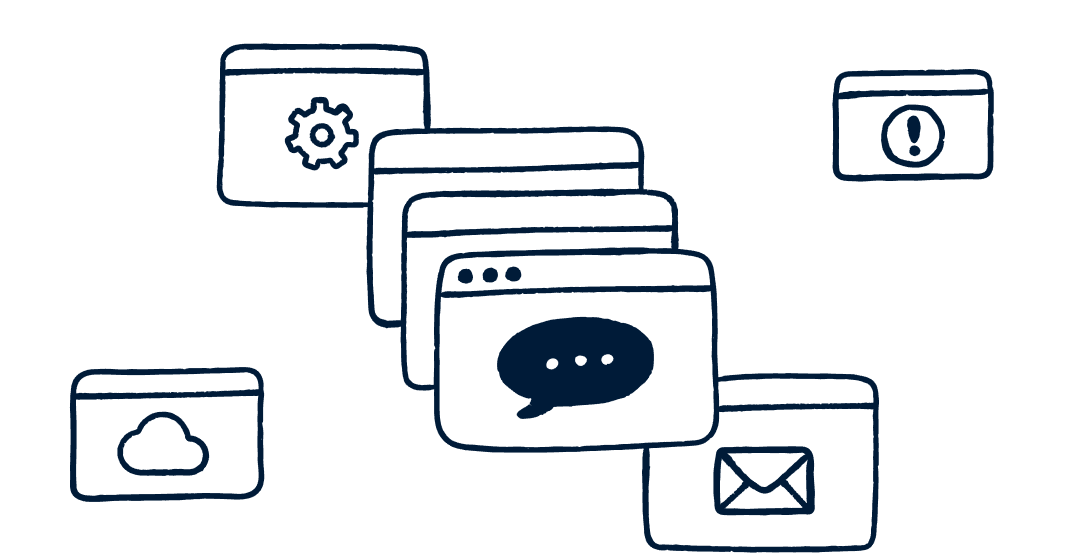Use Cases
All-in-one support platform
Collaborative shared inboxes
Personalized service at scale
Key Features
Every channel in one inbox
Resolve faster than ever
Work faster, together
Real-time support and bots
Track support requests
Deflect support questions
Surface key customer insights
Organize, route, and resolve
Real-time service metrics
Connect to other systems
Integrations: Manage all of your favorite apps, right within Front

Filters
Project Management & Issue Tracking
Don’t see your app? Partner with us to join the Platform.
Join 8,500+ businesses working smarter with Front







